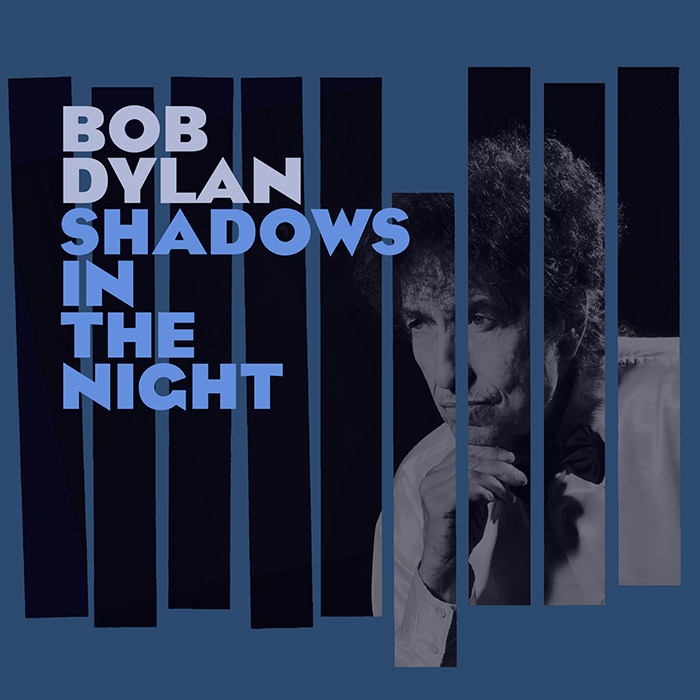Shadows in the Night is certainly one of Bob Dylan’s most confounding projects.
From one of the greatest and most innovative architects of modern music – the man who redefined the scope and sound of what an artist could do, and stands still as the voice of the 1960s counter-culture movement – probably the last thing we would expect is a full disc of music that pre-dates his own towering influence, while also avoiding the music that informed most of his career – namely, folk, country, blues, gospel, and Americana. Instead, Dylan goes entirely pre-rock on Shadows, offering us 10 covers of traditional pop standards made famous by Frank Sinatra.
But, as even the most casual observers know, Dylan is no stranger to throwing left field efforts. And he’d hinted at his inner Frank in more recent releases; see the slow-dance swooner “Soon After Midnight” from 2012’s Tempest, and the country-tinged ballad “When the Deal Goes Down” from 2006’s Modern Times, to name just a few.
In other words, don’t go in expecting wailing harmonica or his increasingly gruff, sandpapery voice – these covers are true to Sinatra’s versions, making for one of the sleepiest listens of Dylan’s long and incredibly varied career. His voice is clean and gentle, easy listening music from the time when there was hardly anything edgier. At times his voice is barely there, yet it’s always the most prominent thing on the otherwise ocean-quiet record.
Most tracks feature slow, woozy horns and strings, which rise from the silence and crest just high enough to register in the human conscious before fading out again. Perhaps these arrangements work for the elder listeners – he gave away 50,000 CD versions of the LP to AARP The Magazine subscribers, according to Wandering Sound – but younger fans will likely find these tunes frustrating, if not outright boring.
The record barely shows signs of life until album-closure “That Lucky Old Sun,” which rolls with cinematic majesty, gradually building and crescendoing in what seems the only high-point in the collection.
Still, it would be unfair to call this effort a bad or misguided one, as is the general consensus for much of his ‘80s and early ‘90s output (“Wiggle Wiggle,” anyone?). It’s simply a dull and, ultimately, unimportant release from one of the most important figures in popular music.
It won’t be his first uninspiring release (cover records are, by their very nature, among the most forgettable of an artists’ material), and it’s certainly not his worst. But every red-blooded Dylan fan has to hope that Mr. Zimmerman has bigger and better things in the works. As 2012’s brilliantly dark Tempest proved, the Voice of a Generation still has plenty more to say.
Grade: C+

